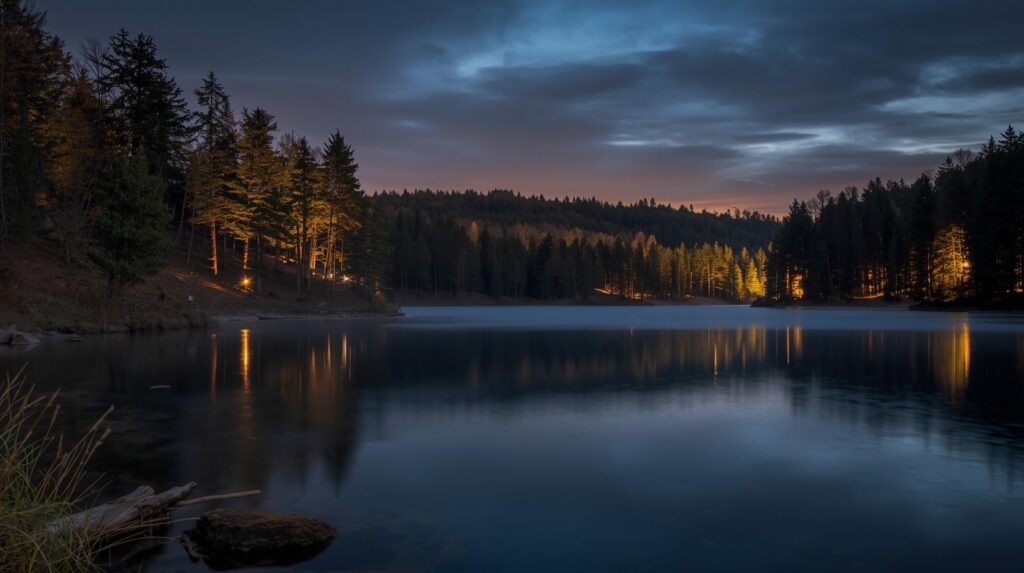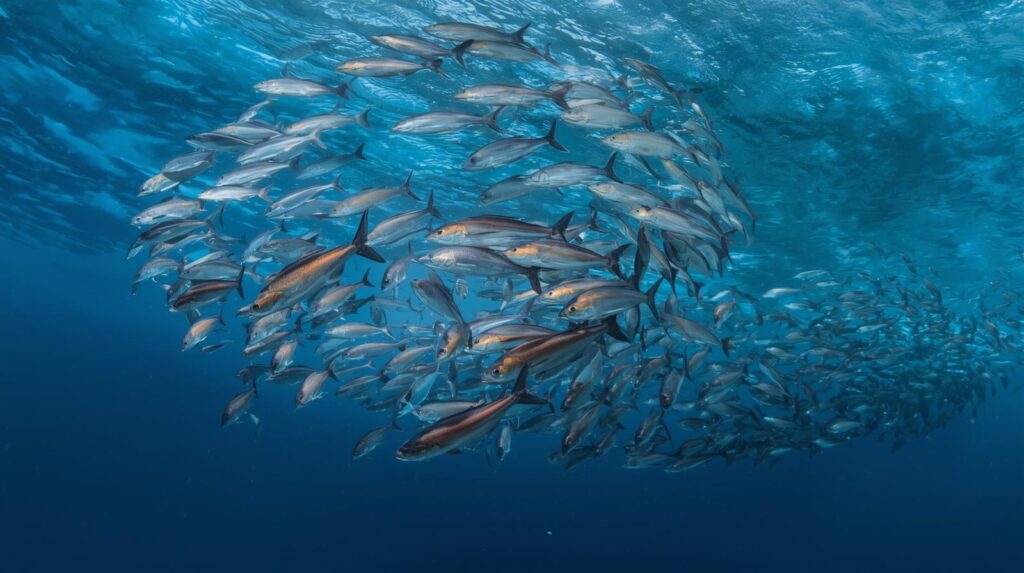Light Pollution in Lakes: How Our Nighttime Glow Messes with Nature
Picture this: you’re chilling by a lake at night, expecting stars and quiet. Instead, the water’s glowing from nearby streetlights, city buildings, or a lit-up bridge. That’s light pollution in lakes, and it’s quietly throwing freshwater ecosystems out of whack. The bright lights we love in our cities don’t just mess with stargazing—they sneak into lakes and rivers, confusing fish, messing with tiny critters, and sparking algae explosions. Drawing from studies like those on Lake Erie and Lake Washington, let’s dive into this sneaky problem, how it’s shaking things up, and what we can do to fix it.
Why Are Lakes Getting So Lit?
We humans love living near water. Lakes and rivers are our hangout spots, but as cities grow, so do the lights. Streetlamps, billboards, and skyscrapers create a glow called “skyglow.” In Chicago, for example, Lake Michigan’s surface is never truly dark because of the city’s shine. Even far-off lakes catch light from nearby towns. Blue light, especially from modern LEDs, cuts deep into water—sometimes 20 meters in clear lakes. That’s enough to mess with life below the surface.

How Does Artificial Light Sneak In?
Artificial light at night (ALAN) comes from all over:
- Bridges: They’re like glowing roadblocks. German studies show fish avoid bright bridge areas, splitting up their river paths.
- City Glow: Urban lights brighten entire lakes, like Lake Michigan under Chicago’s skyglow.
- Shorelines: Lit-up docks and paths mess with animals on the water’s edge.
Rivers get hit harder than lakes—they rarely see full darkness. Blue light travels deepest, while red light fades fast. Those bright LEDs? They’re the worst culprits, throwing ecosystems off balance.
Tiny Critters, Big Problems: Zooplankton
Zooplankton are microscopic heroes in lakes. They munch algae and feed fish. At night, they swim up to eat and hide from predators during the day. ALAN screws this up. In Lake Erie, even a faint glow (0.1 lux, like a dim flashlight) stops them from hiding right. They get eaten more, and algae grow wild. This can lead to gross, toxic blooms that suck oxygen from the water. German experiments at LakeLab showed these blooms mess up the whole food chain.
Fish: Swimming in the Wrong Spotlight
Fish need darkness to eat, spawn, and migrate. ALAN throws them off. It messes with melatonin, a hormone that controls their growth and reproduction. Studies on perch showed fewer eggs under constant light. In Lake Washington, young salmon hung out near lit shorelines, making them easy prey—20–30% didn’t survive. In the Rhine River, eels swam toward lights, getting picked off by predators. Bright bridges also block migration paths, trapping fish like a roadblock.

Algae and Plants: Growing Out of Control
Algae love light. Too much of it? They go nuts. In Lake Müggelsee, constant light sparked toxic green blooms, choking oxygen and hurting fish. These blooms mess with nutrients, favoring harmful algae over good ones. Aquatic plants struggle too—they’re built for natural light cycles, not 24/7 glow. Algae usually win, throwing lakes out of balance.
Insects and Frogs: Caught in the Glow
Insects like mayflies swarm rivers at night, but ALAN pulls them to streetlights where they die. This starves fish and bats that eat them. Caddisflies, a trout favorite, get confused too, drifting less at night. Frogs in lit-up wetlands croak less, and their tadpoles grow weirdly. It’s a ripple effect—fewer insects, weaker food webs.
The Bigger Picture: Ecosystems in Trouble
ALAN’s impact adds up. Predators might snack more at first, but prey species crash over time. Food webs unravel. Fewer insects move between land and water, starving animals like bats. Studies show ALAN grows 2–6% yearly worldwide. It’s as bad as chemical spills or habitat loss for lakes and rivers.
How Can We Fix It?
We don’t have to live in the dark. Here’s how to cut light pollution in lakes:
- Use shielded lights to point light down, not at the sky or water.
- Swap to warm bulbs with less blue light.
- Add motion sensors or timers so lights aren’t on all night.
- Dim bridge lights to let fish swim freely.
- Use sensors to spot bright zones.
Places like Lake Erie are already trying “dark-sky” rules, and it’s helping. Small changes make a big difference.
Wrapping It Up
Light pollution in lakes isn’t just about losing starry views—it’s stressing out fish, zooplankton, and entire ecosystems. From Lake Erie’s algae blooms to salmon struggling in Lake Washington, artificial light is a sneaky troublemaker. But we can fight back. Smarter lights, better policies, and a little care can bring back the darkness our lakes need. Let’s give nature a break and keep our waters thriving. What’s one step you could take to dim the glow?
